Forgotten musical instruments, once pushed aside by modern innovations or changes in musical tastes, are now experiencing a resurgence in value. From rare string instruments to unique wind instruments, collectors are willing to pay high prices for these historical treasures. Many of these instruments, though no longer widely played, offer a glimpse into the past, with their craftsmanship and cultural significance driving their worth.
Viola d’Amore
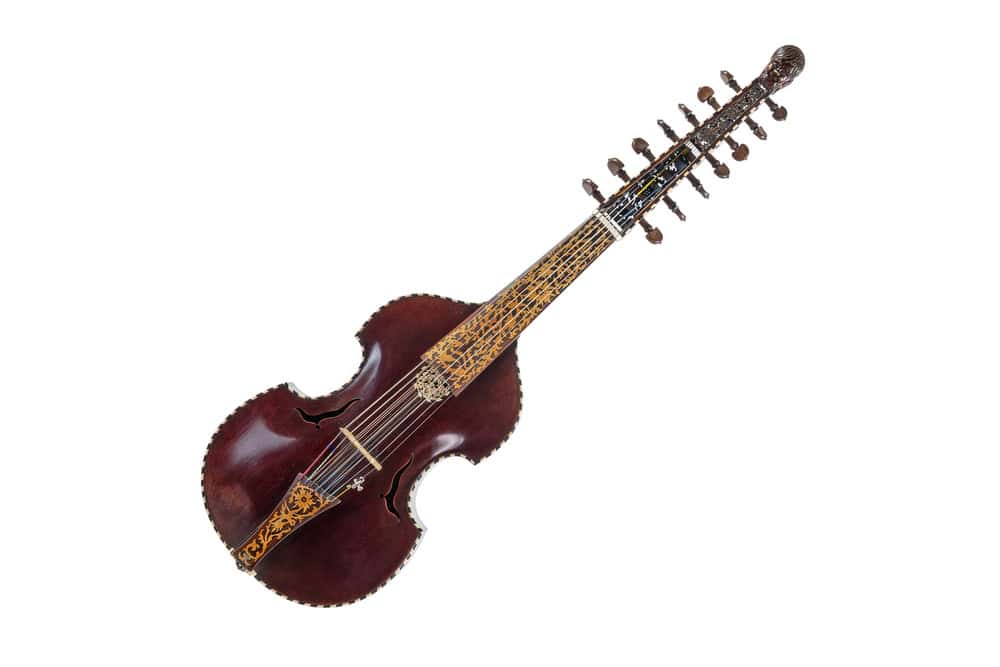
The Viola d’Amore is a rare string instrument from the Baroque era, featuring both played and sympathetic strings that resonate together to create a haunting, rich sound. With a design resembling a cross between a violin and a viola, it is known for its distinctive, warm tonal quality. Today, an authentic antique one can fetch anywhere between $10,000 and $40,000 depending on its condition and craftsmanship. Its scarcity stems from its declining popularity after the 18th century and its challenging playing technique, which has kept its use limited to historical performances. Despite its age, collectors value the instrument for its beauty and craftsmanship, especially those created by famous luthiers of the period. More recent models created for revival performances may not command as high a price but still hold significant value.
Nyckelharpa
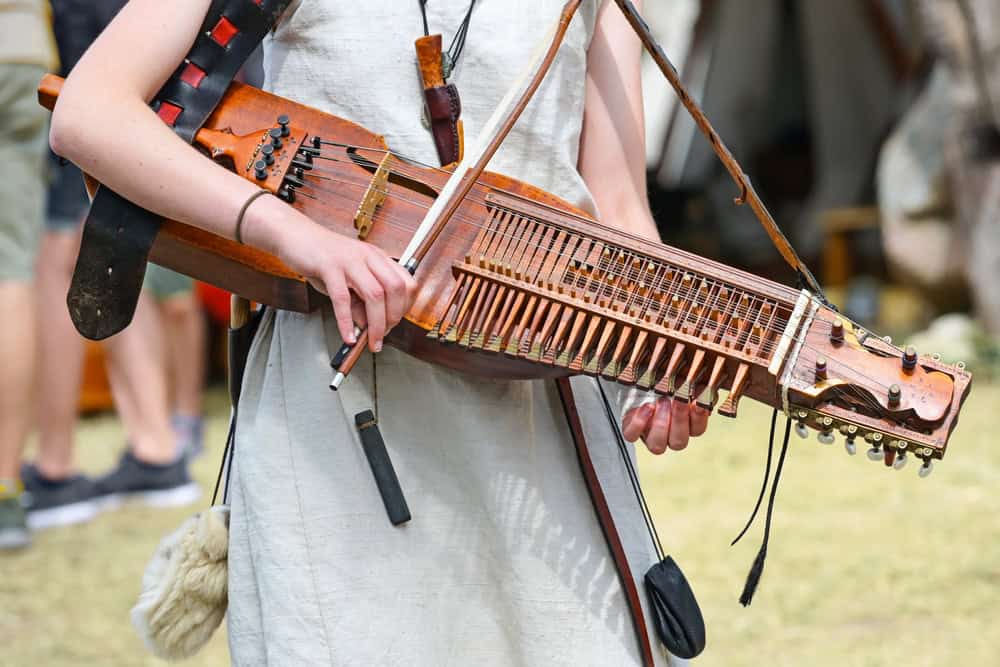
The Nyckelharpa, a traditional Swedish string instrument dating back to the Middle Ages, is another fascinating example of forgotten musical heritage. Played using a bow, with keys pressed to change pitch, it has a unique resonance due to its sympathetic strings. Although it experienced a decline in use, it has seen a resurgence in recent years, particularly among folk music enthusiasts. Depending on the maker and the age of the instrument, a high-quality one can range from $3,000 to $15,000, making it a valuable collectible for those interested in historical or folk instruments. Its revival is partly due to the growing appreciation for Scandinavian folk music, and newer models can be custom-made by modern luthiers. However, antique versions are still sought after by collectors.
The Pyrophone
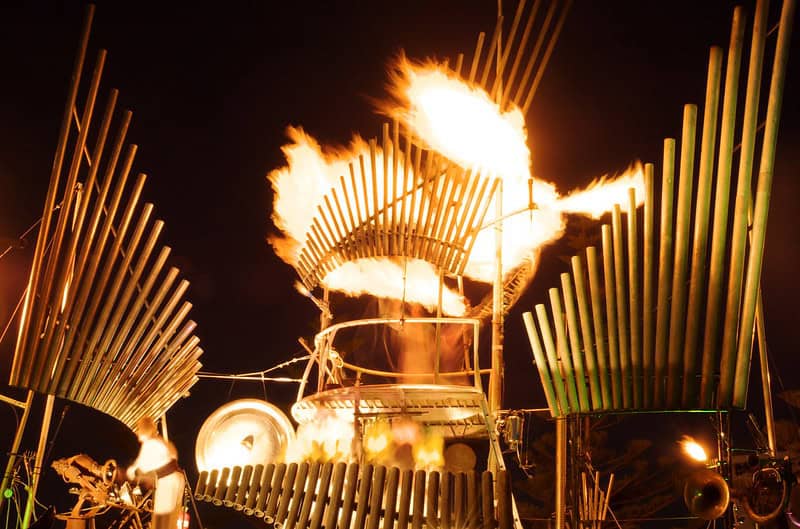
The Pyrophone, also known as the fire organ, is a spectacular instrument that produces sound through igniting gas within glass tubes. Invented in the 19th century by Georges Frédéric Eugène Kastner, this unique creation was more of a scientific curiosity than a mainstream musical instrument. Due to the inherent dangers of its operation and the complexity of its construction, original ones are incredibly rare and can sell for upwards of $50,000. Its fire-powered sound production adds a dramatic element, making it a prized possession for collectors of rare instruments and musical oddities. Modern reconstructions, though rare, have occasionally appeared in experimental music performances. Though the original Pyrophone is mostly confined to museums and private collections, the instrument remains a remarkable piece of musical history.
The Serpent
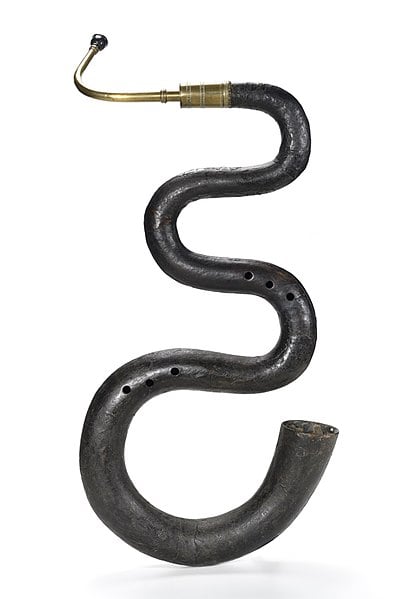
The Serpent is a Renaissance-era brass-like wind instrument that gets its name from its serpentine shape. It produces a deep, haunting tone, and while it once enjoyed popularity in churches and military bands, it fell into obscurity by the 19th century. Today, an original one can sell for between $3,000 and $12,000 depending on its condition and provenance. With renewed interest in early music, it has found a niche following, with modern replicas being crafted for historical performance purposes. Original versions of the instrument are rare and highly prized, as many did not survive the centuries in playable condition.
Hurdy-Gurdy
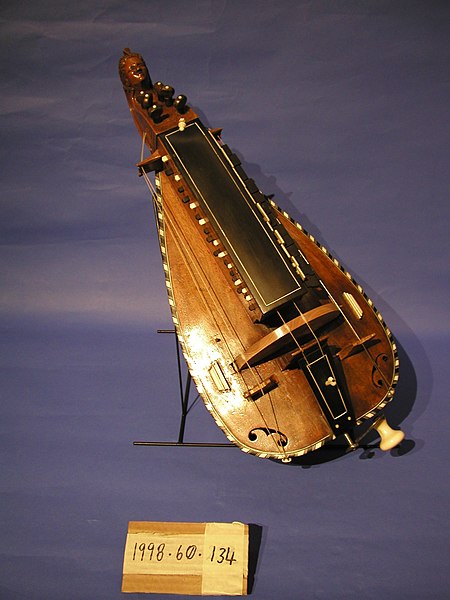
The Hurdy-Gurdy is a medieval string instrument that produces sound by turning a crank, which moves a wheel against its strings. While it was popular across Europe during the Middle Ages and Renaissance, its use dwindled as other string instruments gained prominence. Today, antique ones are highly sought after by collectors and can sell for anywhere from $5,000 to $25,000 depending on their age and condition. It has seen a resurgence in interest, especially in folk and experimental music circles, where its droning, hypnotic sound adds a unique texture to modern compositions. Many see it as both a musical and cultural artifact, representing a link to Europe’s medieval past.
The Aeolian Harp
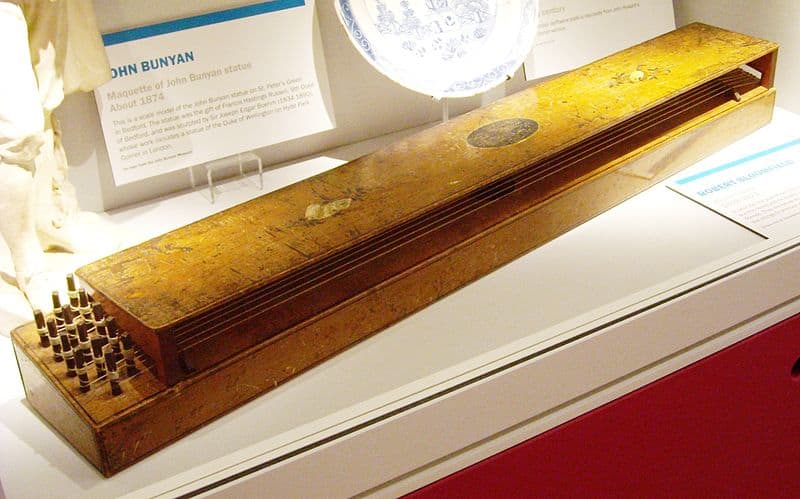
Named after the Greek god of the wind, the Aeolian Harp produces sound when wind passes through its strings, creating an ethereal, ambient melody. Though it was once a popular instrument during the Romantic era, it is now largely forgotten, with original versions selling for up to $8,000. The rarity of the instrument, combined with its dependence on natural elements to produce sound, has made it a highly sought-after collectible for music lovers and art collectors alike. Modern replicas have been made for enthusiasts, but the value of an original one lies in its historical significance. It is often seen as a bridge between music and nature, offering a peaceful and contemplative listening experience. As a symbol of Romanticism, it remains a cherished object for collectors of historical instruments.
The Glass Armonica
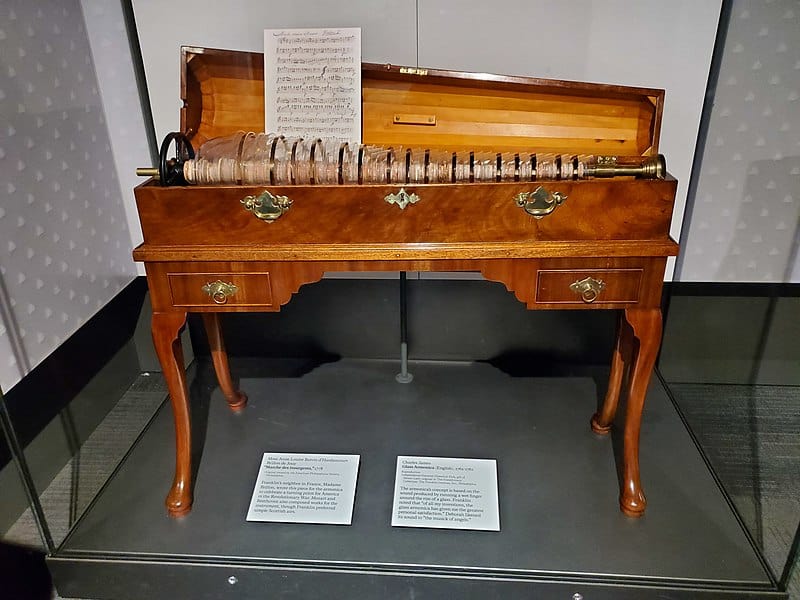
Invented by Benjamin Franklin in 1761, the Glass Armonica creates music by rubbing glass bowls of varying sizes. It enjoyed a brief period of popularity in the 18th century but was later abandoned due to concerns over its effects on musicians’ health. Today, original ones are extremely rare and can fetch prices as high as $40,000 at auctions. It produces a haunting, ethereal sound that captivated audiences during its time, and its historical significance as one of Franklin’s inventions adds to its value. Although modern replicas exist, collectors prize the originals for their craftsmanship and historical connections.
The Cimbalom
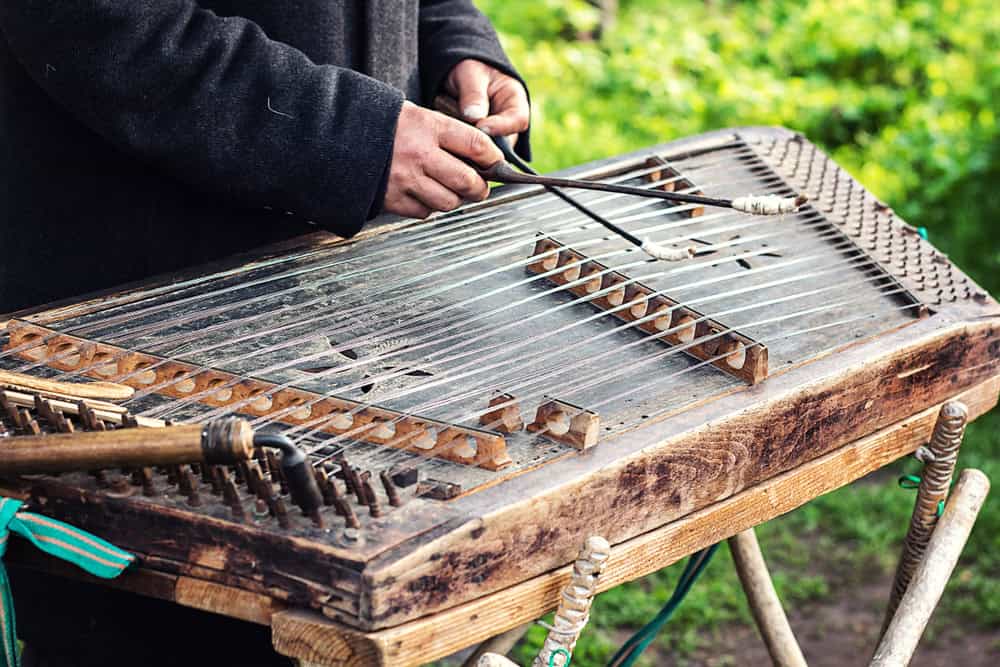
The Cimbalom, a trapezoidal string instrument, is native to Eastern Europe and is primarily used in folk and classical music. It is a hammered dulcimer, with strings stretched across a large wooden frame, played using small mallets. Due to the complexity of its design and the skill required to master it, it is a rare instrument outside of its native region. Collectors can expect to pay anywhere from $5,000 to $15,000 for a high-quality vintage one. Its distinct, resonant sound has made it a favorite among folk musicians and composers looking to add an exotic touch to their compositions. Modern versions exist, but antique models, particularly those made by renowned craftsmen, are highly sought after.
The Duduk
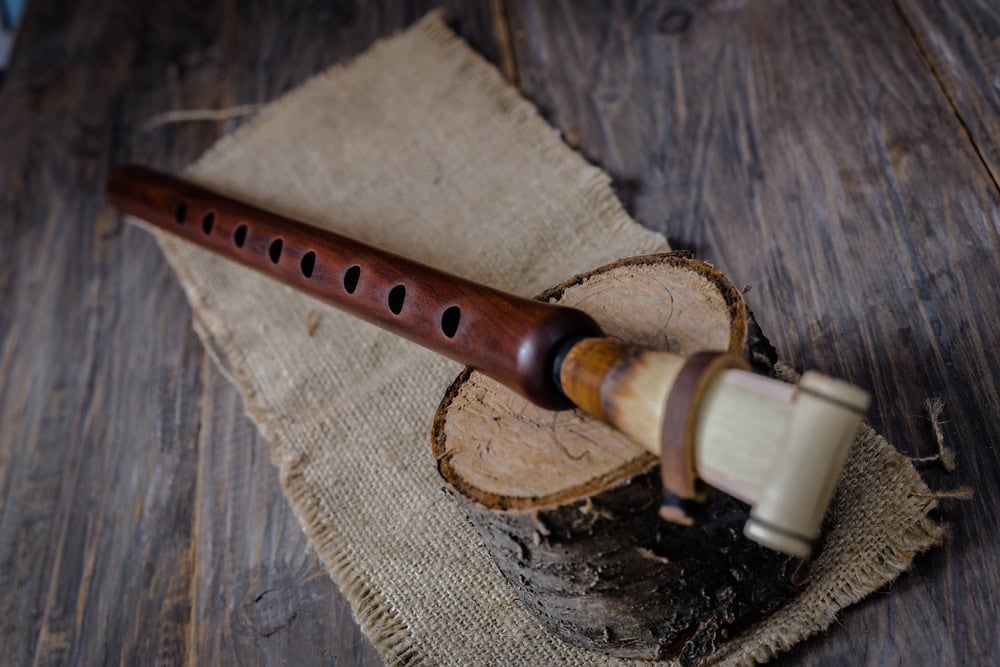
The Duduk, an ancient Armenian woodwind instrument, is crafted from apricot wood and produces a warm, melancholy tone. It has been a staple in Armenian music for over 1,500 years and is often used to convey deep emotions in traditional compositions. Its rarity and cultural significance make it a prized item for collectors, with antique ones fetching between $1,000 and $5,000 depending on their condition and age. Modern versions are still produced, but older, well-preserved ones hold the most value. Its use in popular media, such as soundtracks for films like “Gladiator,” has increased its appeal among musicians outside Armenia. The craftsmanship involved in creating a Duduk, particularly its delicate reed, adds to its allure among collectors of unique instruments.
The Shō
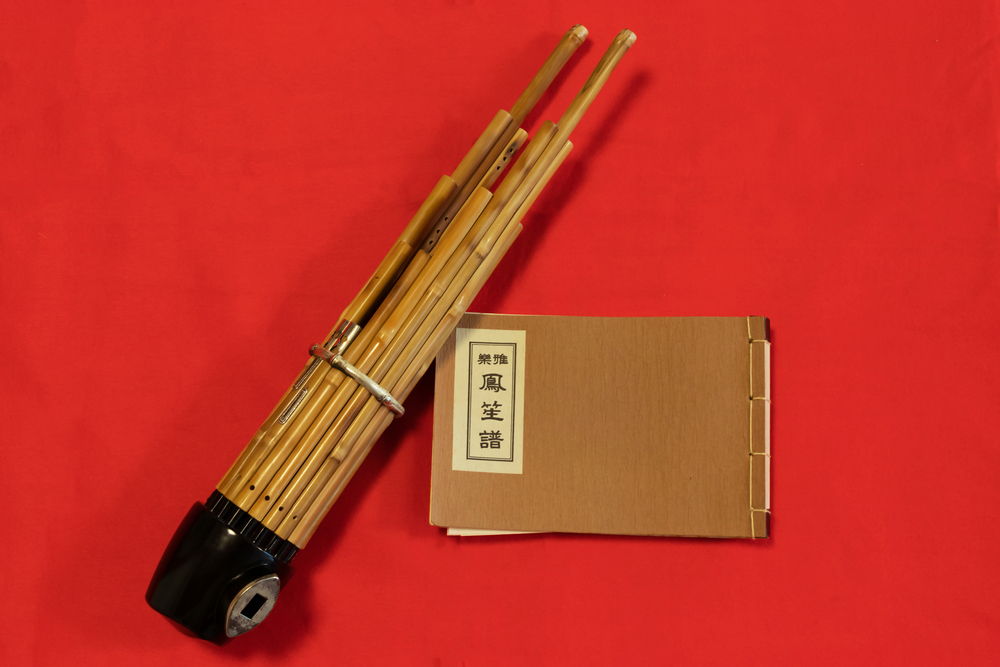
The Shō is a traditional Japanese wind instrument used in Gagaku, the classical court music of Japan. It consists of 17 slender bamboo pipes and produces rich harmonics by blowing air through the instrument. Due to its historical and cultural significance, original Shō instruments can sell for upwards of $3,000 to $10,000, especially if they were crafted by renowned artisans. It has been used for centuries in imperial courts, and its association with Japan’s cultural heritage makes it a valuable collector’s item. Modern players continue to use it in traditional music performances, but antique versions, particularly those with intricate lacquer work and historical provenance, command higher prices. Its place in Japanese history makes it not only a rare instrument but also a significant cultural artifact.
The Hardanger Fiddle
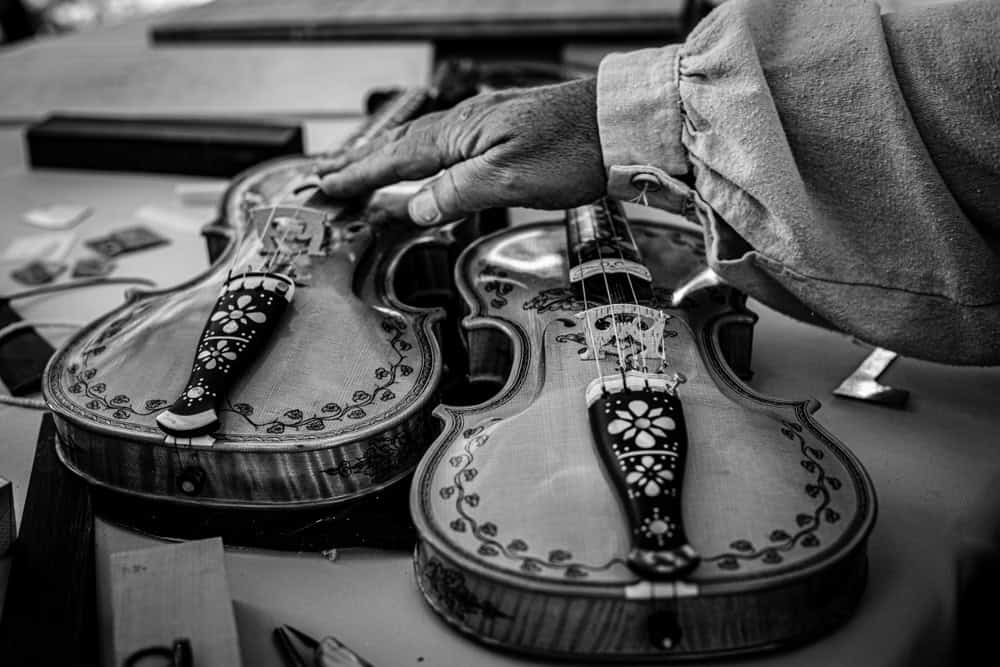
The Hardanger Fiddle, also known as the Hardingfele, is a traditional Norwegian instrument similar to the violin but with additional sympathetic strings that create a fuller, resonant sound. It is commonly used in Norwegian folk music, particularly for dances and weddings. Due to its intricate design and historical significance, antique ones can sell for between $10,000 and $30,000. The detailed decoration on the instrument, including mother-of-pearl inlay and ornate carvings, adds to its value. It remains an essential part of Norwegian cultural heritage, making it a prized item for collectors of rare musical instruments.
The Contrabass Balalaika
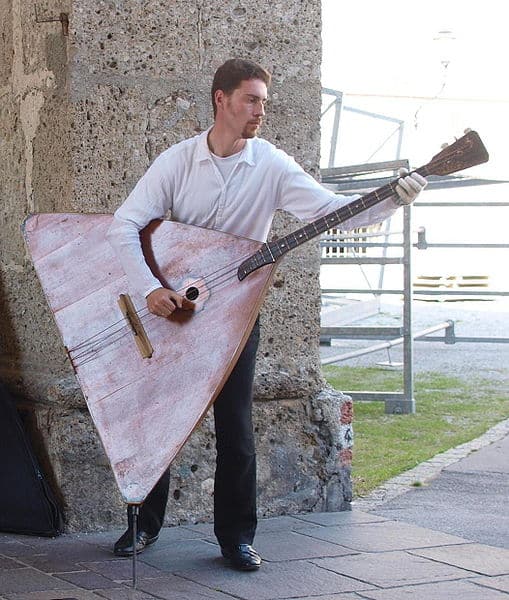
The Contrabass Balalaika is a giant version of the traditional Russian folk instrument, known for its large, triangular body and deep, resonant sound. It is rarely seen outside of Russian folk orchestras, and its sheer size makes it a unique collectible. Vintage ones, especially those crafted in the early 20th century, can sell for up to $10,000. Its rarity and unusual design make it a coveted item among collectors of folk instruments. Its size and low, booming sound add to its allure, and it remains an essential part of Russian musical heritage. For collectors, owning such a large and rare instrument is a point of pride, especially given its limited production.
The Bamboo Organ
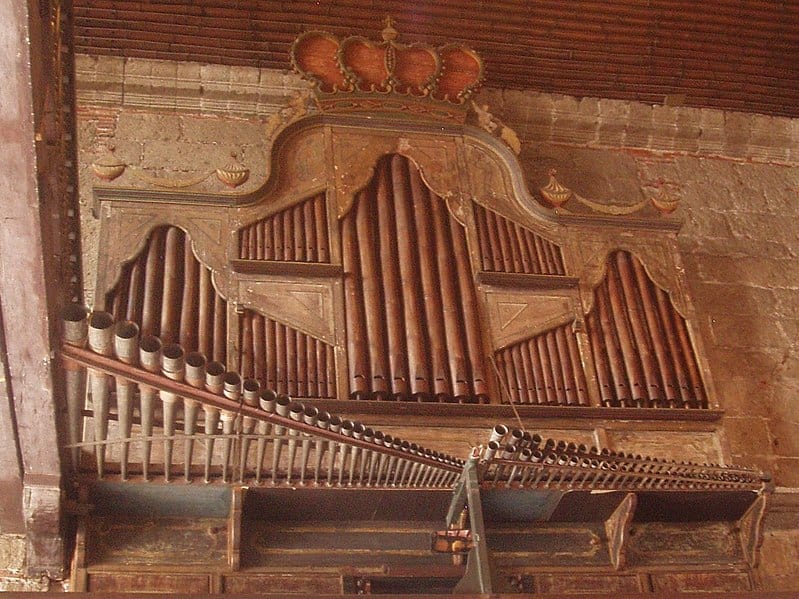
The Bamboo Organ, located in Las Piñas, Philippines, is an organ made almost entirely of bamboo pipes. It was built in the 19th century and remains one of the most unique and rare musical instruments in the world. Due to its singular nature and historical importance, any organ or pipe made from bamboo fetches high prices, with replicas or smaller models selling for upwards of $20,000. The original organ is a prized national treasure, and replicas have been commissioned for collectors and museums. The use of bamboo in its construction gives the instrument a warm, distinctive sound, and its rarity makes it a sought-after piece among collectors of historical instruments.
This article originally appeared on Rarest.org.
More from Rarest.org
9 Enigmatic Deep-Sea Creatures That Glow in the Dark

The deep sea holds some of the most fascinating creatures on Earth, many of which have developed the ability to glow in the dark. These bioluminescent animals use their light-producing capabilities for a variety of reasons, including attracting prey, camouflage, or communication. Read More.
11 Mysterious Cave-Dwelling Creatures You Never Knew Existed

Beneath the earth’s surface lies a hidden world of caves, home to creatures that have evolved in complete darkness. These mysterious animals have adapted in remarkable ways, losing their vision, developing heightened senses, and finding ingenious methods to survive in harsh, nutrient-poor environments. Read More.
12 Rare Mammals That Live in the World’s Tallest Mountains

High-altitude regions around the world are home to some of the most unique and uncommon mammals on the planet. They have adapted to survive in the harsh, cold, and rugged environments of the world’s tallest mountains. Read More.
